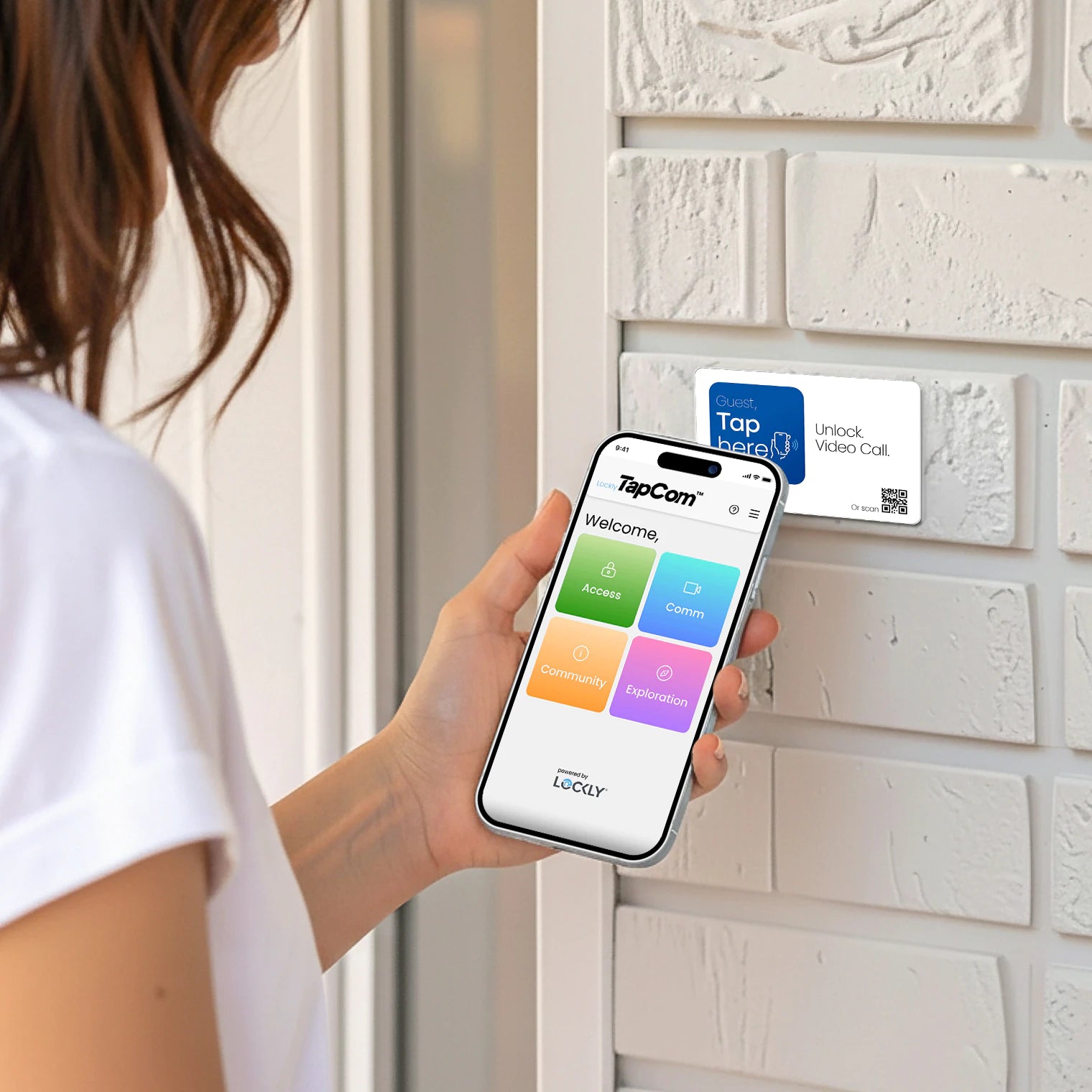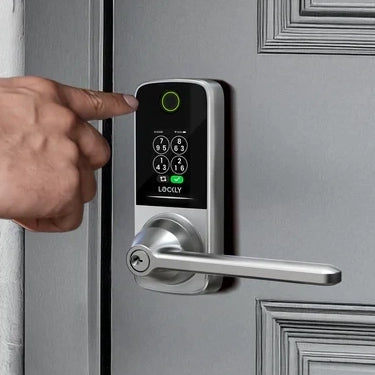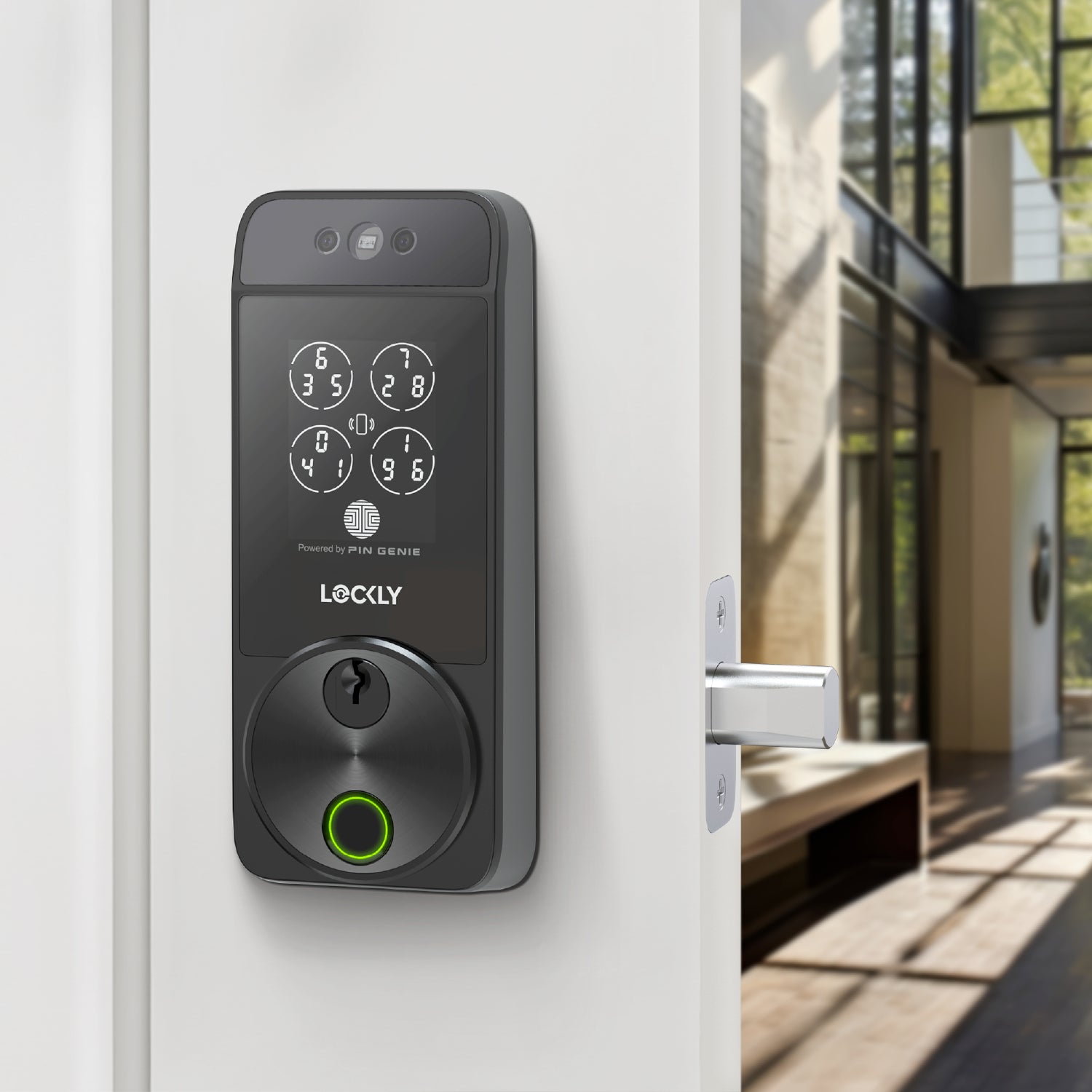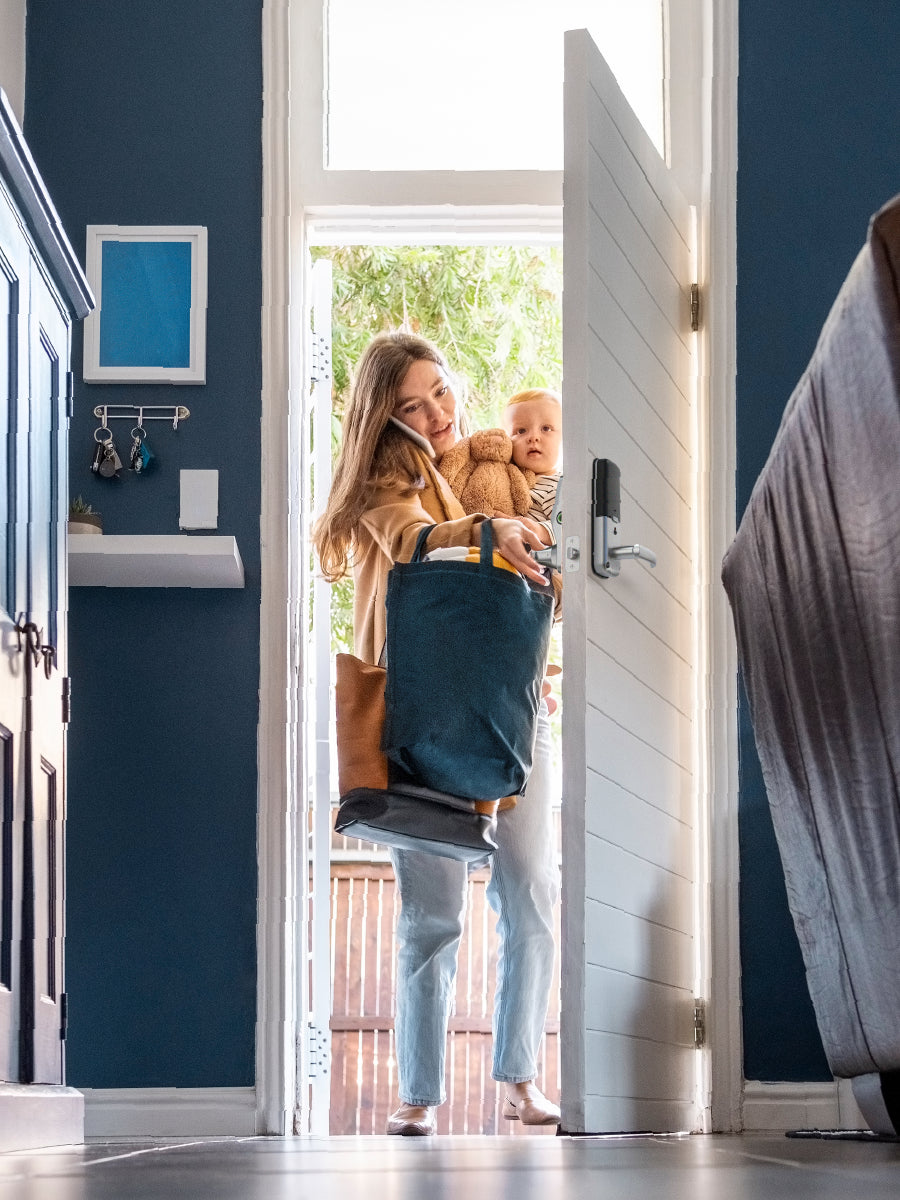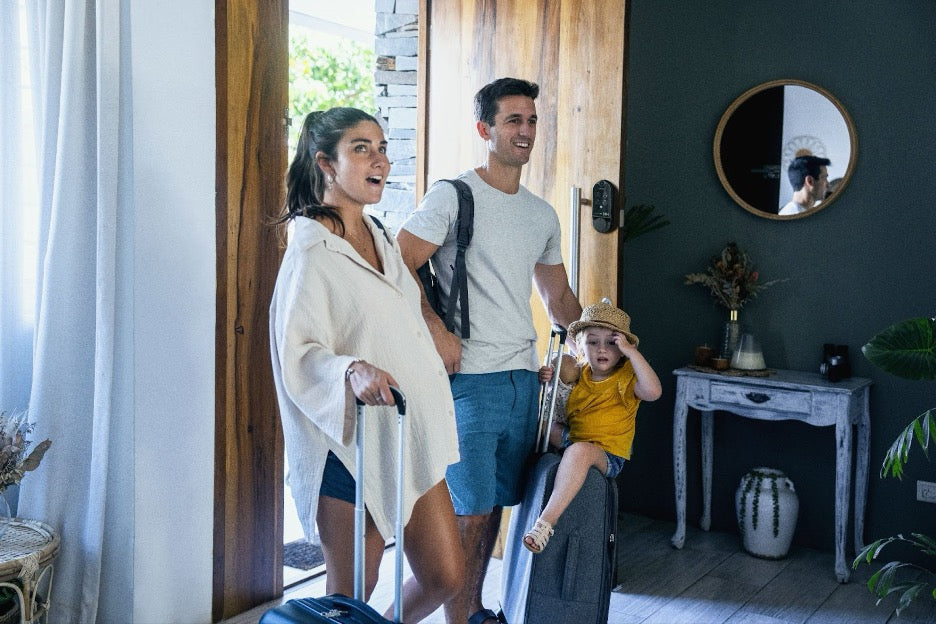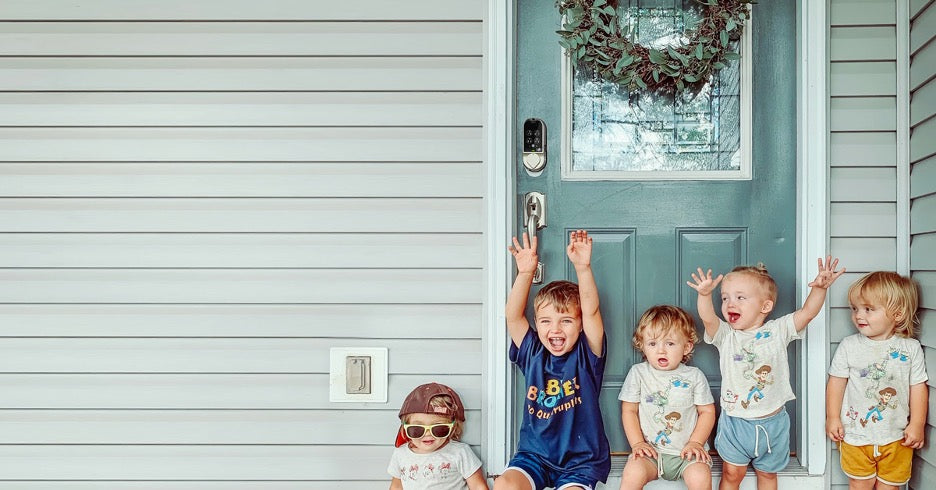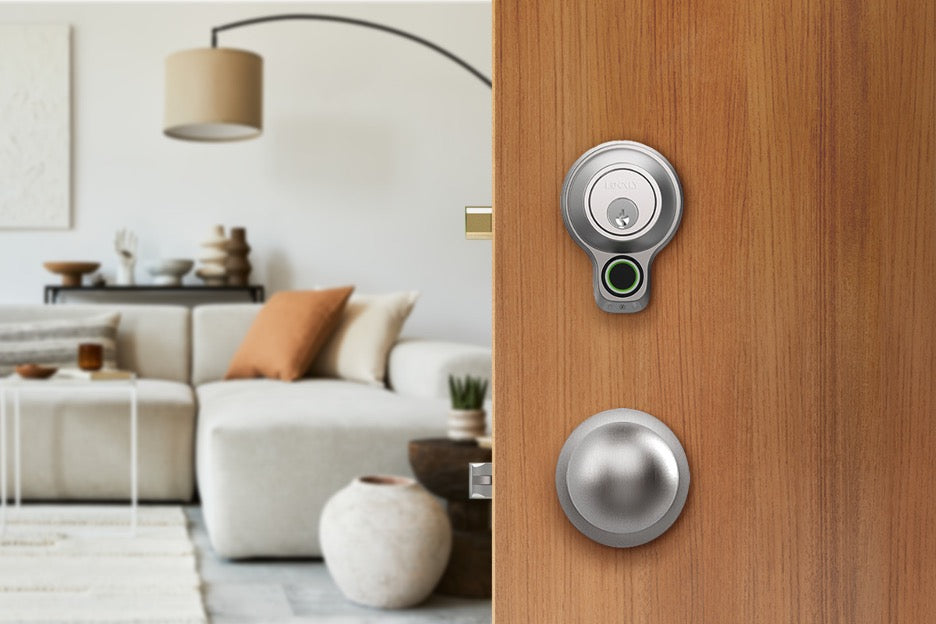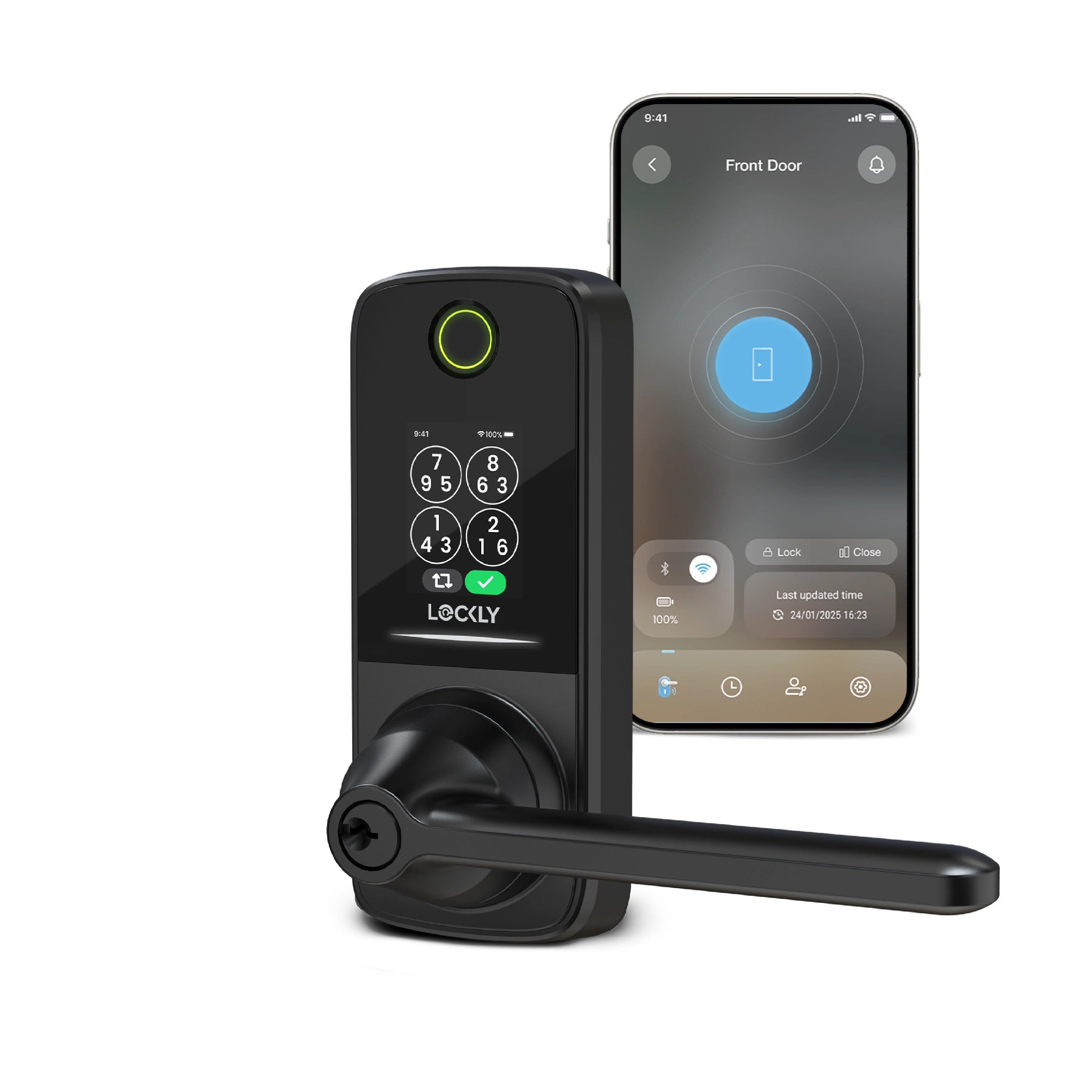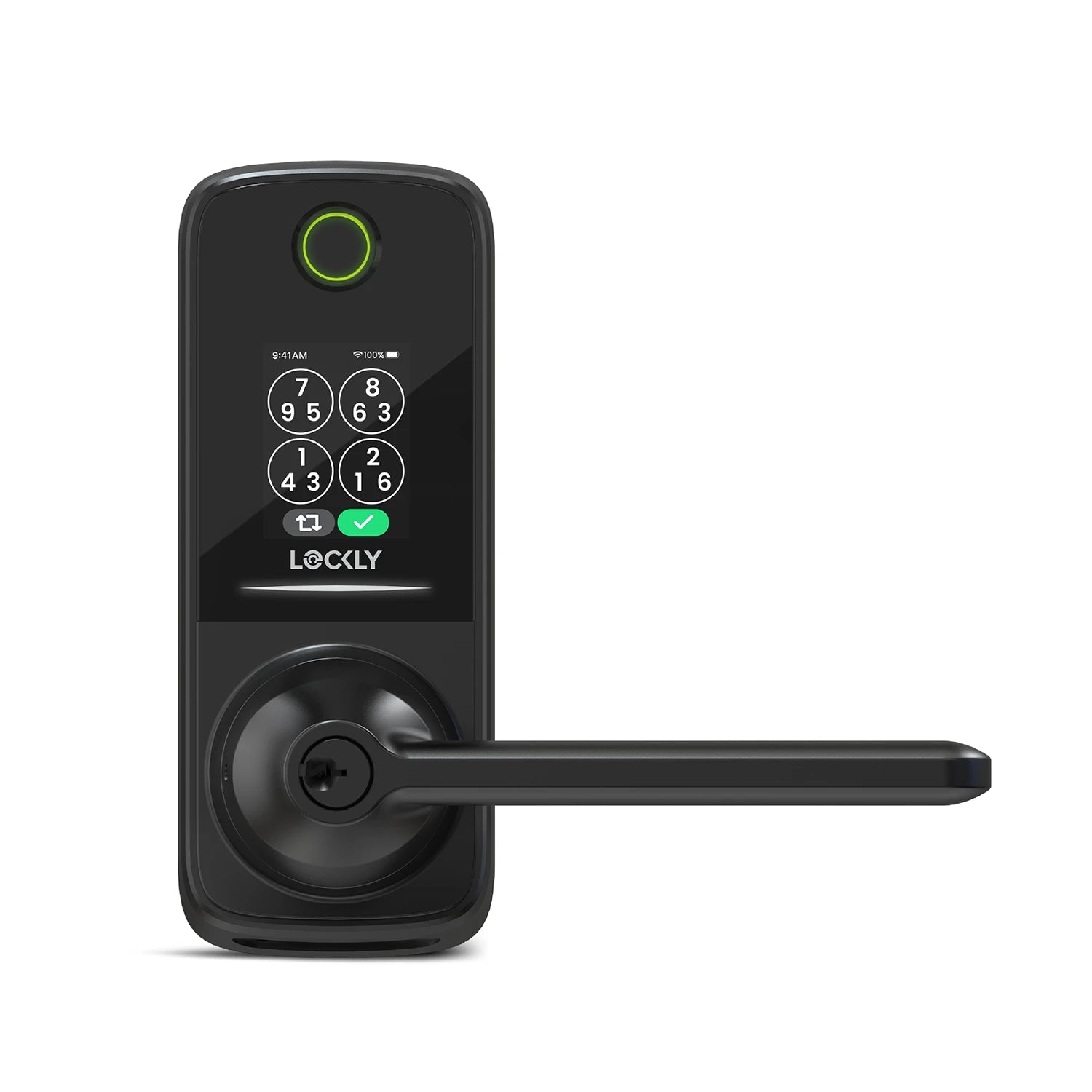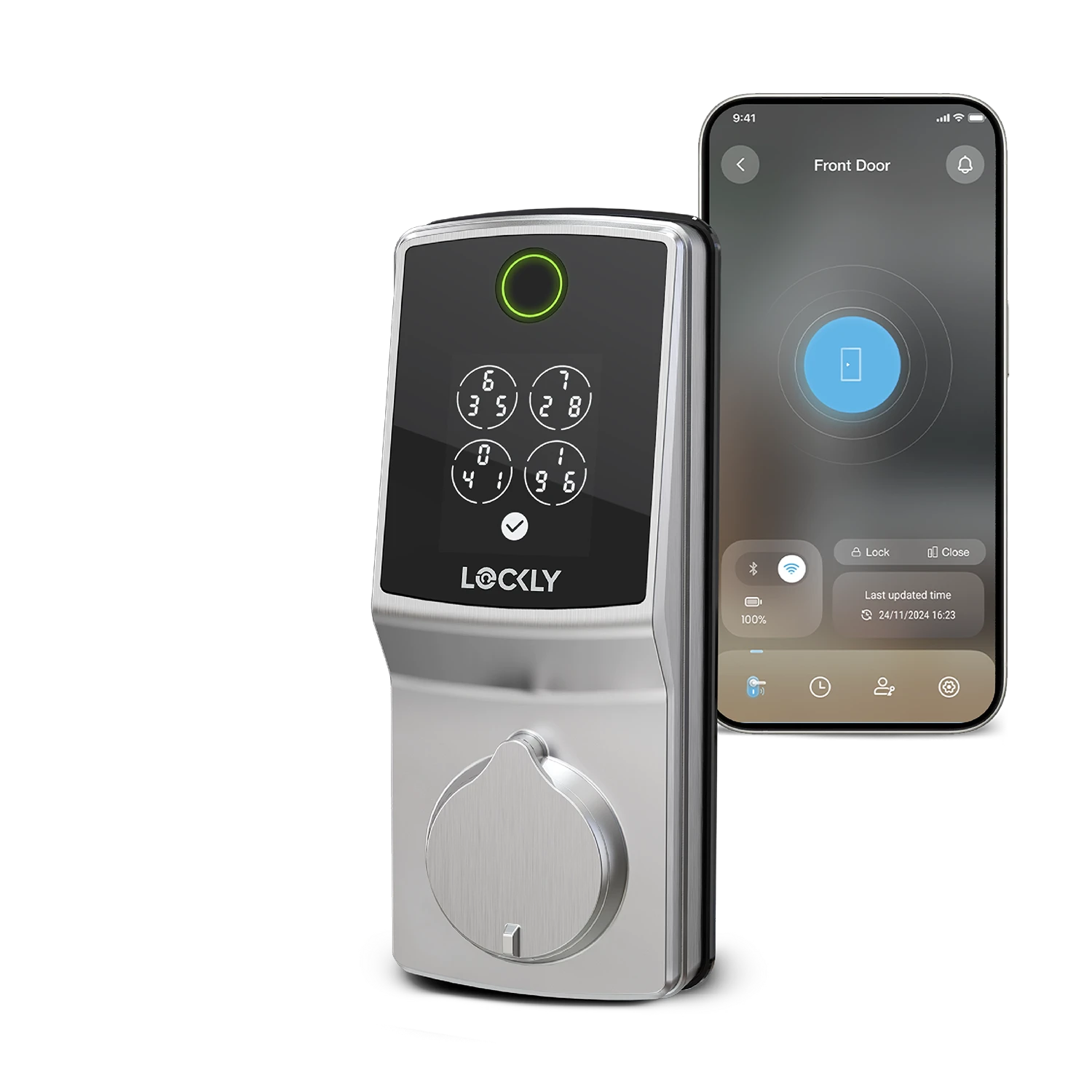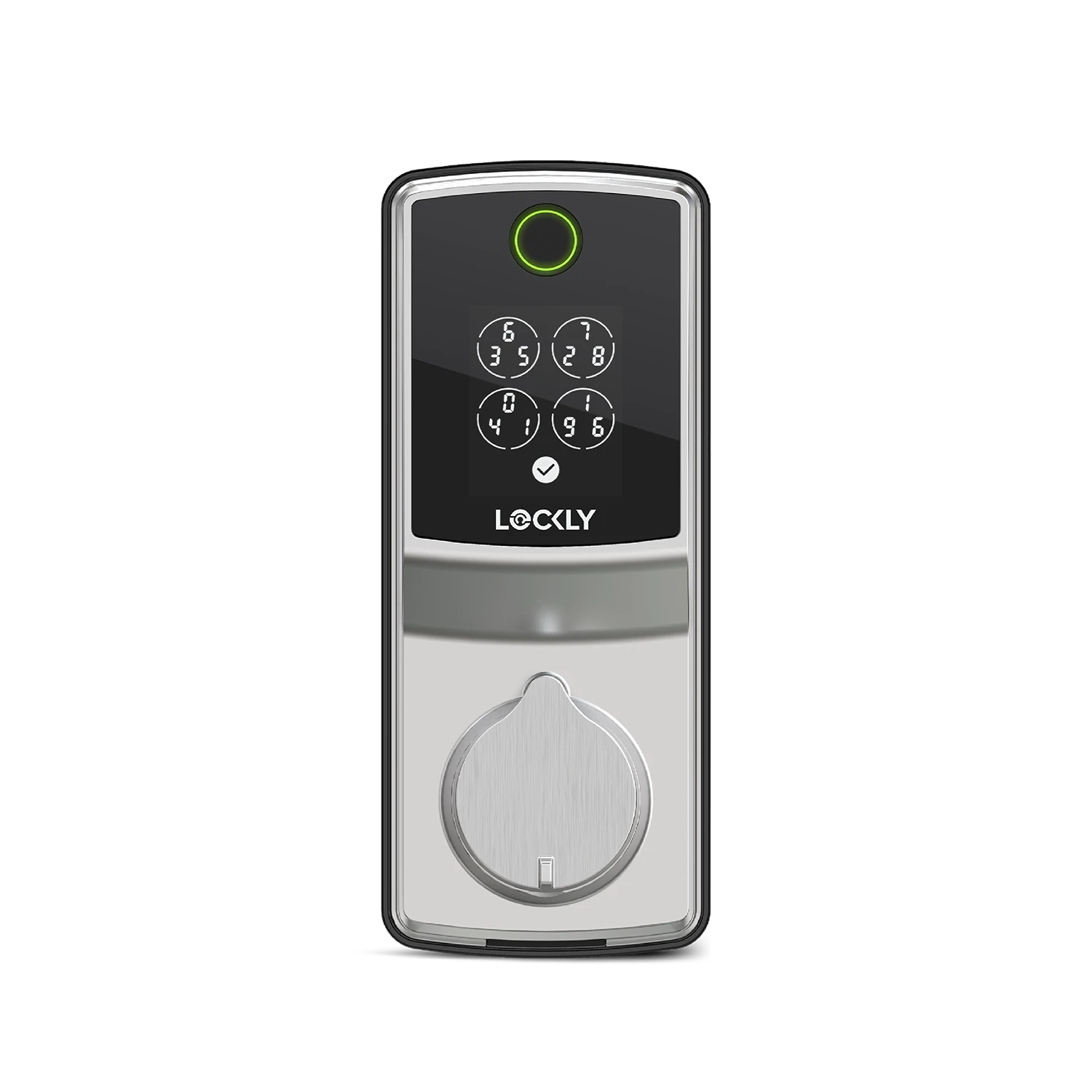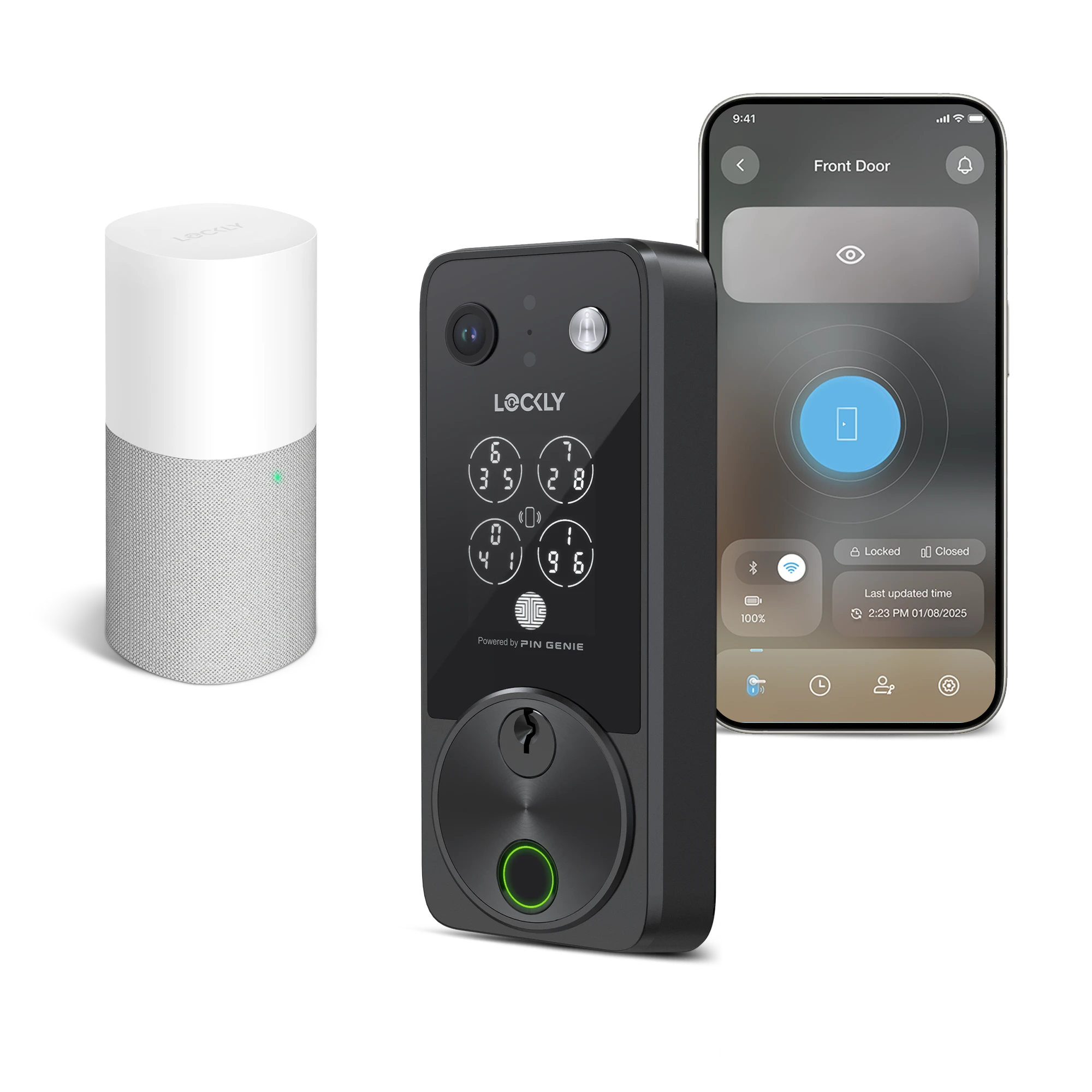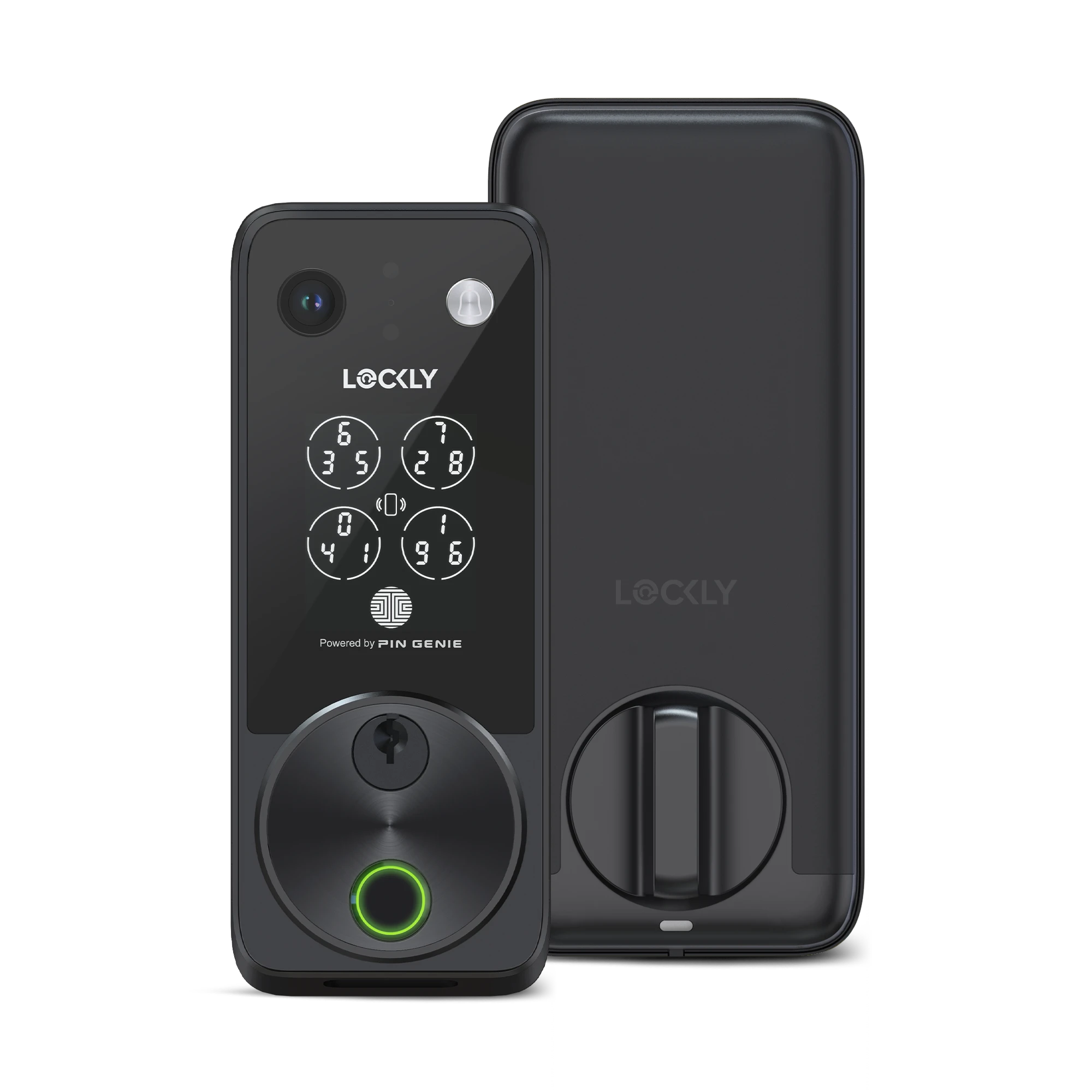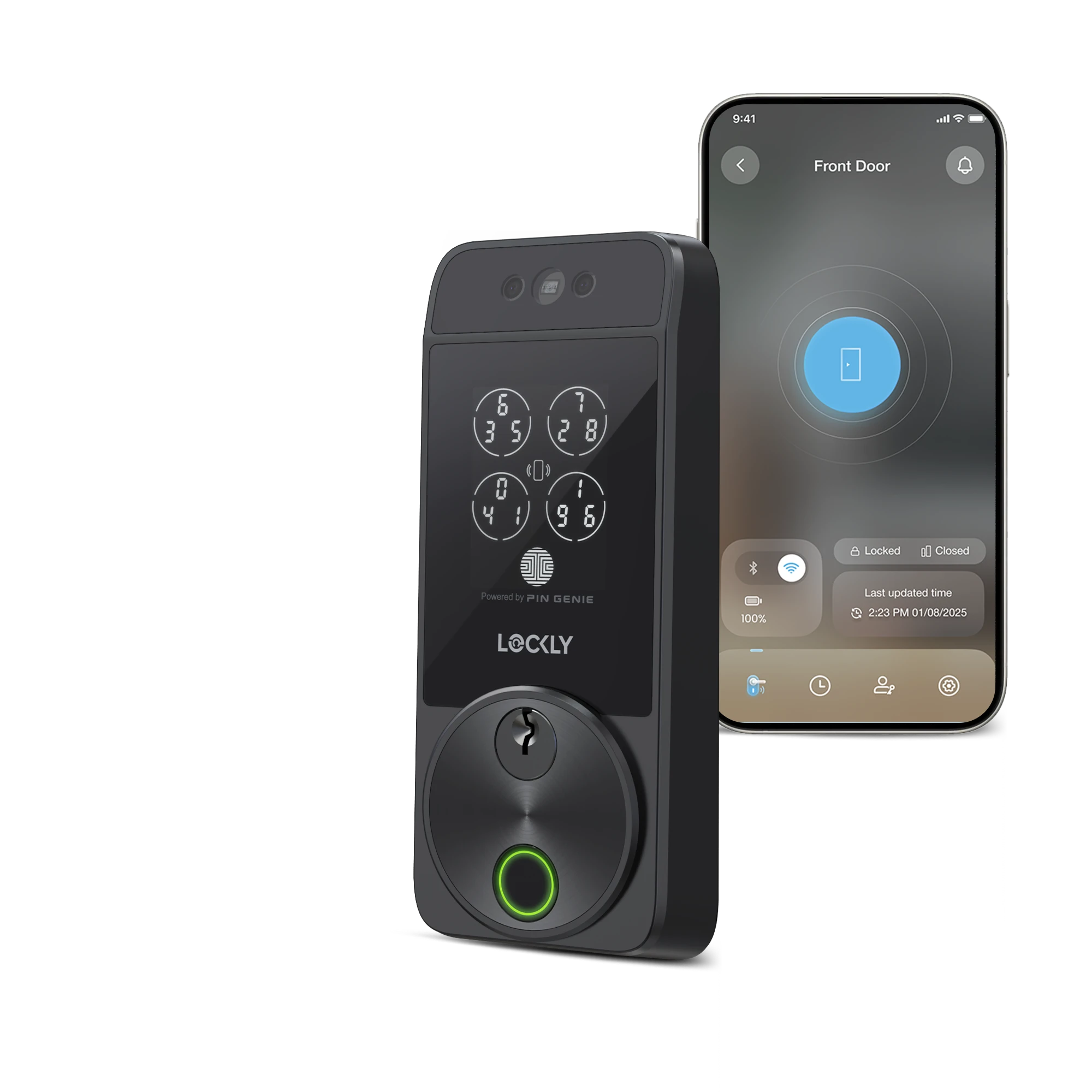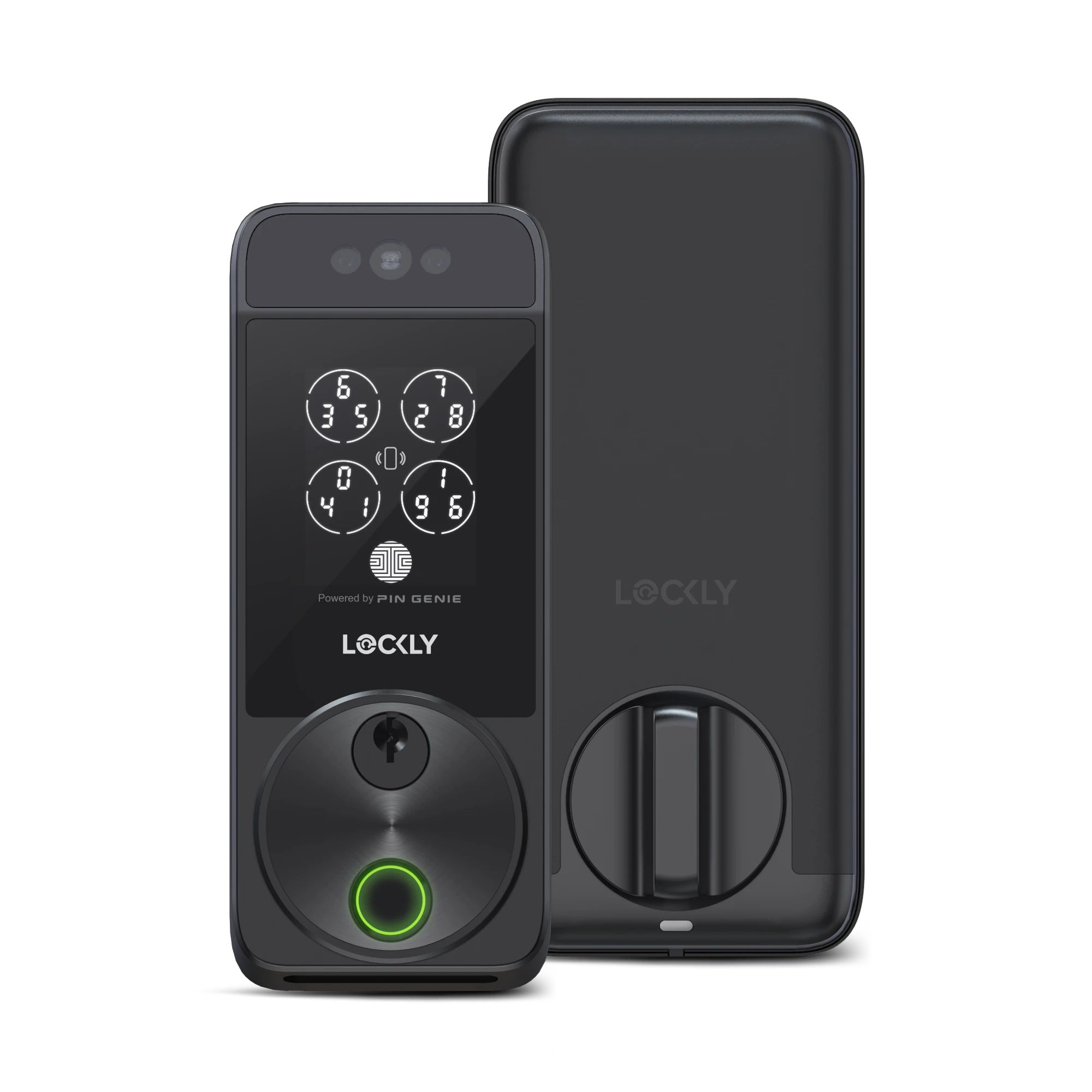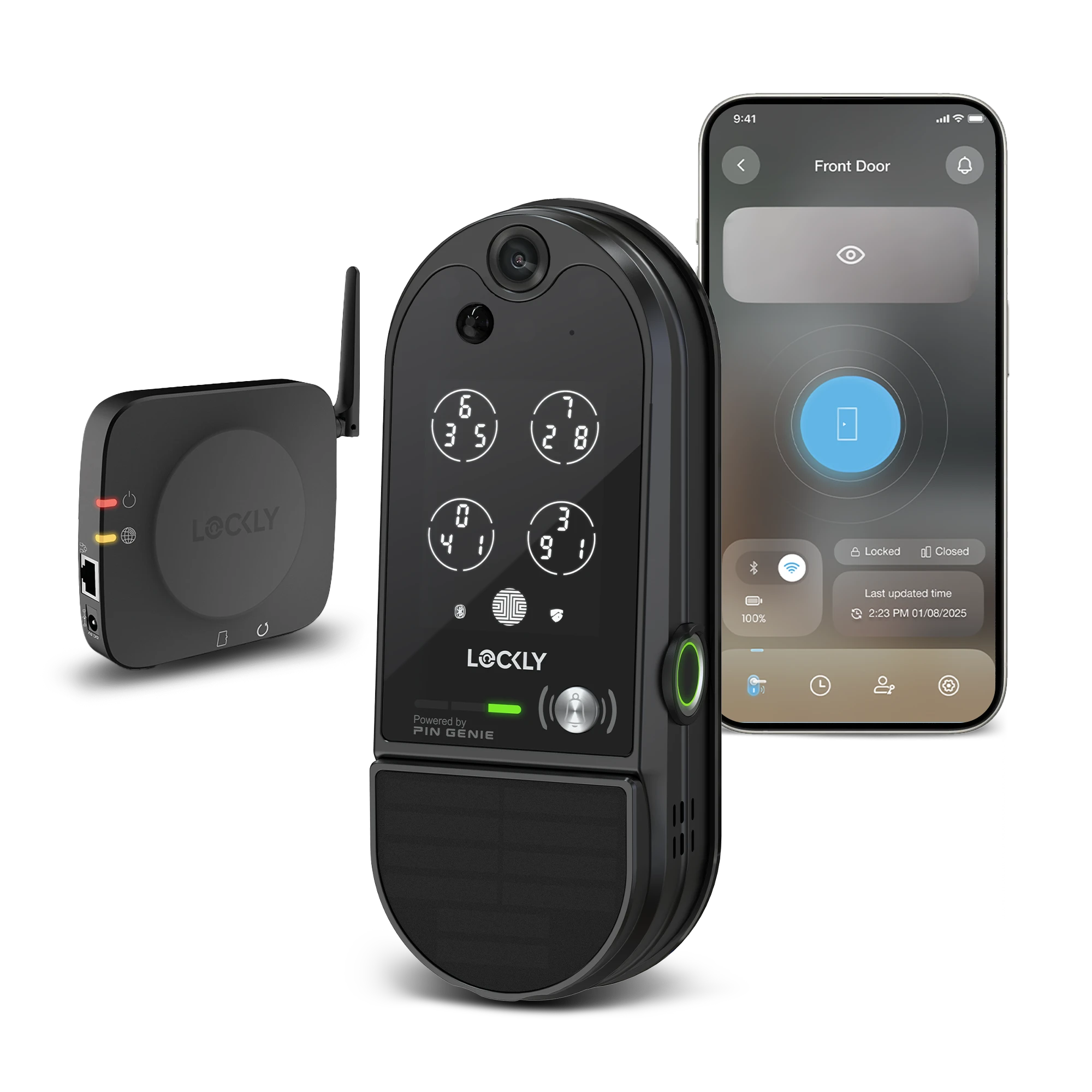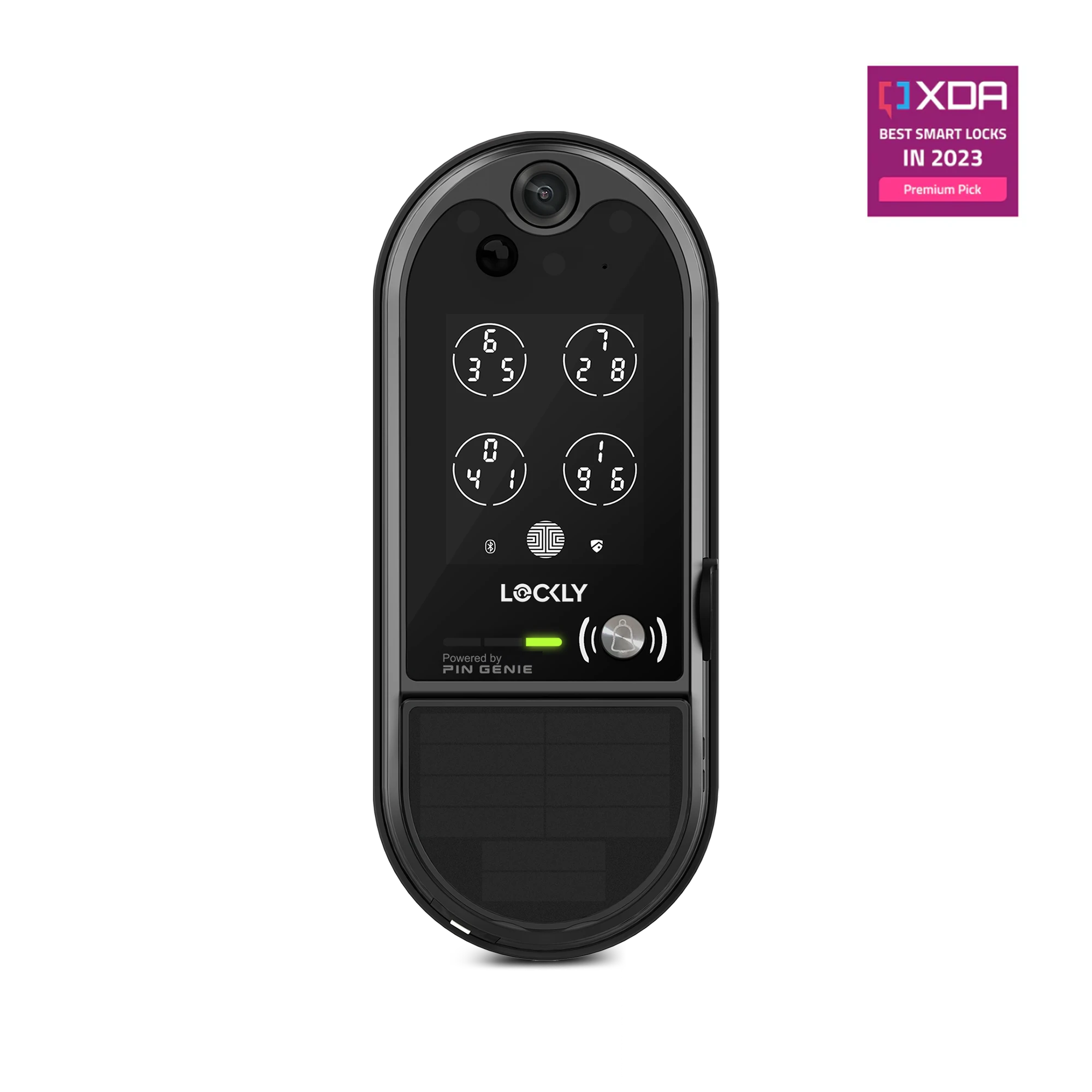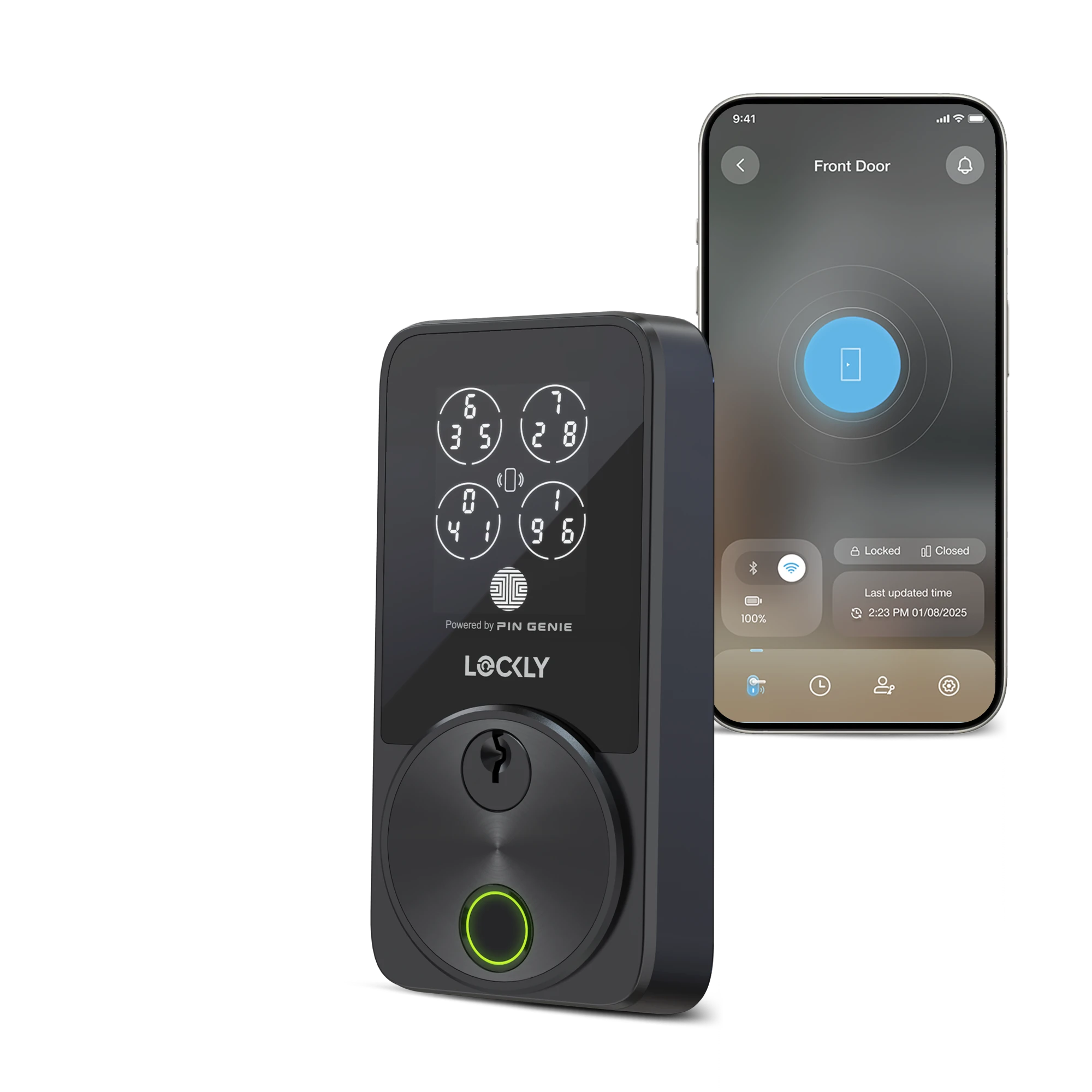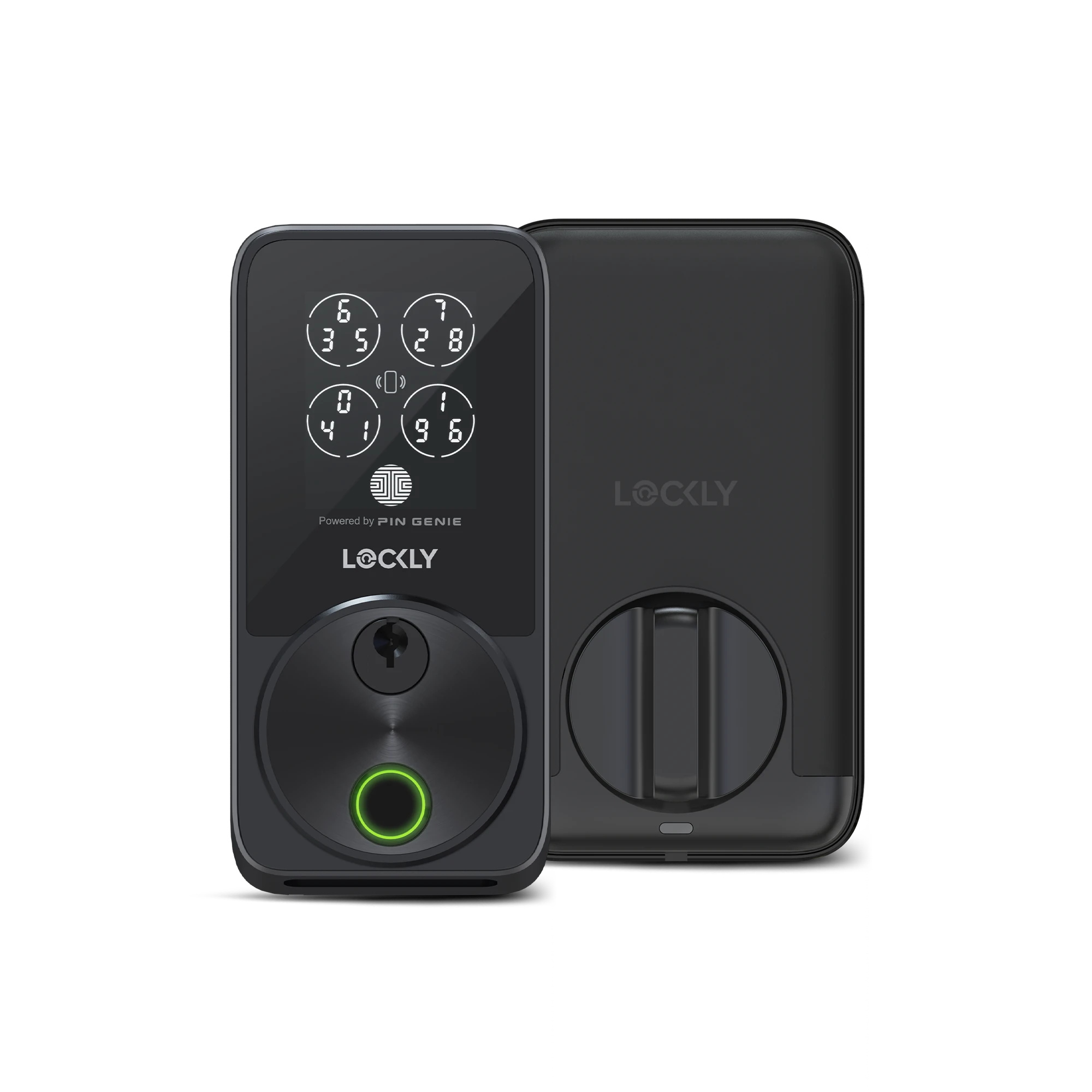Around 10 million Americans own a property that they rent out to tenants, either privately or through the network of 125,000 property managers nationwide. It’s a resilient line of business that can ride out tough economic times, but to stay profitable you need to ensure your premises are safe and secure for tenants and visitors. Follow these 10 security property management best practices to attract cooperative tenants and avoid lawsuits or disputes.
Start with a Risk Assessment
Although crime rates are actually falling in the United States, contrary to popular perception, there is no such thing as a crime-free neighborhood. The more luxurious and exclusive the surroundings, the more tenacious and sophisticated the burglars. If you’re renting property to tenants, whether business or residential, start with a risk assessment that analyzes local crime data, both historic and trending, emerging threats, and local factors that may influence burglaries. That’s important too if you’re thinking of buying a property to convert into residential units, since neighborhood crime will affect your rental value, insurance premiums and security requirements.
Install Smart Locks
This is a no-brainer. If you don’t want to be re-cutting keys, replacing locks, and keeping track of who has access to your building or individual properties, switch to a smart lock system. With Lockly, you can set policies for building access, changing the codes regularly if you want through the app, and easily grant access for tenants to their apartment for the duration of their tenancy.
Once that tenancy is over, there’s no need to reclaim keys or change the locks, and you don’t have to worry that your tenant has copied your key. All you have to do is change the smart lock permissions. All our bestselling locks can fit most standard deadbolt or latch devices, and we offer full support on installation and troubleshooting.
Install Security Cameras
Tenants feel safer (and will pay a premium) for secure building access, while opportunist thieves will stay away when they see security cameras or smart video doorbells. By installing security cameras, you can remotely monitor activity around your main entrance, and common areas such as laundry, storage, parking and elevators/stairways. Footage can be stored for later, which can be invaluable if law enforcement become involved in an incident.
The benefit of today’s next generation video doorbells, such as the Lockly Vision Elite, is that the entrance code doesn’t have a chance to become common knowledge, passing perhaps from delivery or utility worker to professional burglary gang. Each tenant can have their own access code and PIN Genie Technology means the keying pattern changes each time.
Create Safe Storage for Package Delivery
Package theft is not a spur-of-the-moment, victimless crime. It’s a modern menace often controlled by organized gangs. If you can provide a safe dropbox or secure area with camera surveillance for couriers to leave packages and deliveries, you’ll be able to attract tenants for whom this feature is a dealbreaker. You don’t even have to pay for a security guard or concierge. A secure box, safe or storage room with biometric access is sufficient.
Establish Visitor Screening Procedures
The bigger the building, the more likely it is that there will be random strangers entering and leaving throughout the day or coming and going after dark. Whereas physical keys make it much easier for tenants to let guests in at night, sublet, or even list their property as an Airbnb, the centralized access of a smart lock system gives the property manager greater control and visibility over visitor screening. The first step is to clarify the terms and conditions with tenants, so that they know what policies apply, then enforce procedures with a smart system. This same system can also be used to monitor visitor access during daytime hours, so that you can allow or refuse access to maintenance teams, emergency workers or utilities crews as necessary.
Engage Tenants to Actively Participate
You can tell the difference almost immediately between a shared building where each tenant is fending for themselves, and those buildings that feel like a community. That mindset starts with the property manager. The more you can play the role of benevolent guardian instead of threatening rule-enforce, the more your tenants will buy into the overall security of the community.
- Give tenants incentives to follow security procedures, such as financial help or discounts for fitting smart locks.
- Issue a written policy for what each tenant should do at turnover, such as returning keys, resetting locks, and factory resetting networks
- Discourage tenants from making duplicate keys, or use the type that can’t be legally duplicated
-
Insist that tenants take out renters insurance, or incentivize them to do so with discounts or perks
Communicate Consistently and Constantly
Look at some of the nightmare stories around Homeowners Associations (HOA) for a reminder that most tenants simply ask to enjoy their property in peace, with consideration for their neighbors, without a stream of authoritarian regulations and memos issued through their letterbox. That’s why it’s important to engage your tenants personally, regularly, and transparently.
- Set up a Whatsapp group for the building for tenants to get quick answers to general questions, raise issues, or share advice
- Post contact numbers, emergency exit maps, emergency procedures and helpful numbers (eg. removals, cleaning, insurance) in a visible place in a shared area that tenants are likely to pass through often
Carry out Regular Maintenance
Absent landlords, particularly those who live overseas, might struggle to stay on top of maintenance, which is why it might be prudent to hire a property management team to ensure that all walkways, lighting, shared areas, paving and barriers are safe and working. The last thing you want is for a tenant to suffer an injury or loss that, as the property manager, could well be your financial liability in a lawsuit.
Enforcing Safety Protocols
For reasons of cost or simple negligence, property managers might be tempted to take short cuts or half measures when it comes to building safety. Again, that can turn into very expensive legal action. If you are not familiar with all the local residential codes that apply to your building’s safety railings, disabled access, utilities, HVAC, and so on, hire a professional management company that can navigate the paperwork and red tape. Enforcing the rules is important too, so make sure that emergency exits are not blocked and that maintenance staff follow the correct procedures.
Conduct Regular Inspections
In a similar vein, inspections should be conducted according to a rigorous schedule, not a whim. Smoke alarms, carbon monoxide sensors, fire safety equipment and more all have specific guidelines for when they should be checked and replaced according to usage hours. Should the worst happen, you’re on stronger ground legally if you can provide evidence that all systems and processes have been inspected on time, repaired as necessary, or replaced with urgency.
By adopting modern solutions and strategies like these, you can demonstrate to potential and current tenants that you are taking their safety seriously and being proactive against risks. Lockly offers the latest smart lock technology and outstanding technical support to assist you on that journey, so check out our complete range of smart locks for residential and commercial properties today.
Sources
18 Apartment Security Tips for Property Managers - AAOA

